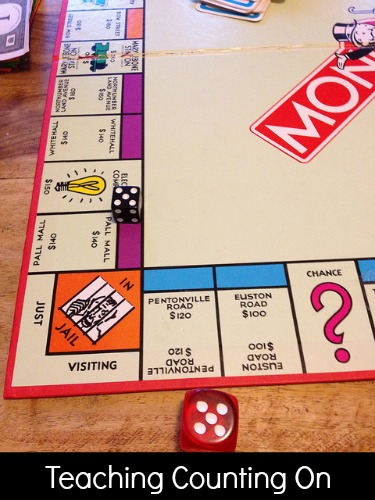
Winter has hit and hit hard on the 1st June. Today was the wettest June day on record, with more than 48 millimetres recorded in the city.
So while I undertook the first day of my 21 Challenge in the comfort of my warm and dry home, I did think and talk about with the kids, of the homeless youth of Melbourne, who would be struggling to keep warm and dry.
I really want the kids to understand how well off we are. While I am trying to reduce our expenditure of food, we don’t have to worry about finding enough money to make healthy meals, we don’t have to worry about finding a warm and safe place to sleep. While homeless and at risk youth benefit from the funds raised by the 21 Challenge, I think my kids also benefit, not only from the activities we do, but from a reality check on how good they have it.
**********
Teaching Counting On With Monopoly

A rainy day is always perfect for a game of Monopoly. The preschooler is getting to an age now where he no longer wants to play something else along side us. We have found a compromise and he and I are a team. He is the roller of the dice, mover of our token and the decision maker of our purchases. I guide him through this process, allowing him to have as much control as possible. It does mean our turn takes a little longer than usual, but the older kids are okay with this.
Monopoly provides so many numeracy teaching points for all ages, which is one of the things I really like about the game. I remind myself of this as the game time ticks past one and a half hours!
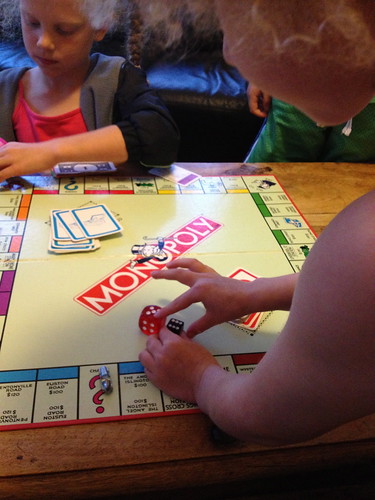
For the preschooler though, he has just recently started wanting to count anything and everything. We have been playing lots of the Duplo dice game, but playing Monopoly today, I saw another teaching opportunity for him – counting on.
According to Australian Curriculum, Assessment and Reporting Authority (ACARA), counting on is:
Counting a collection, or reciting a sequence of number words, from a point beyond the beginning of the sequence.
For example, when a child has counted to established that there are 6 objects in a collection and is then asked “How Many?” after several more are added might count on from 6 saying “7, 8, 9, …” to reach the total. This is considered a more sophisticated strategy than counting the whole collection from 1.
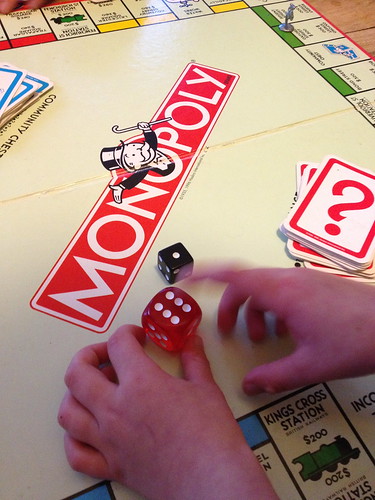
In our Monopoly example, this meant talking to the preschooler about working out which of the two dice had the biggest number. Six is bigger than one, so we start with the bigger number, count it and then add on to it. So when counting the dice, we count six, then go to seven, not back to one.
To an adult this is a simple idea, but it is an idea that needs to be learned by the preschooler. He has no concept of addition as we know it. He knows he has rolled two numbers. Counting on helps him find the total number of spaces he needs to move us around the Monopoly board. He has instant recall of most of the numbers of the dice, so when knows he has a four and the other die is two, he counts on from four, to five then six and we can move six.
Counting On – Number Lines
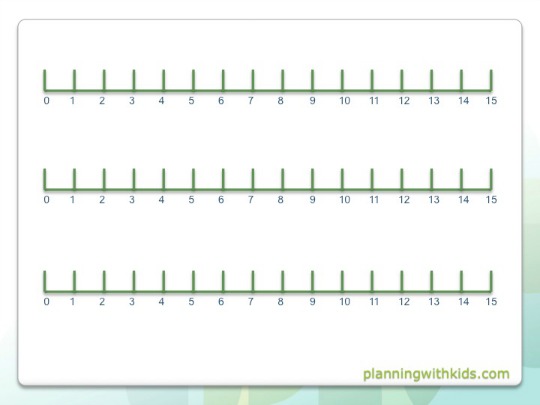
Number lines are a great tool for teaching counting on. The visual representation of the number on the line and counting on from that can really cement the idea for young learners. They can even draw lines, making the learning even more active.
You can download my Number Lines pack here. It is a pdf containing two sheets of number lines and two sheets of example numbers to count on like below.
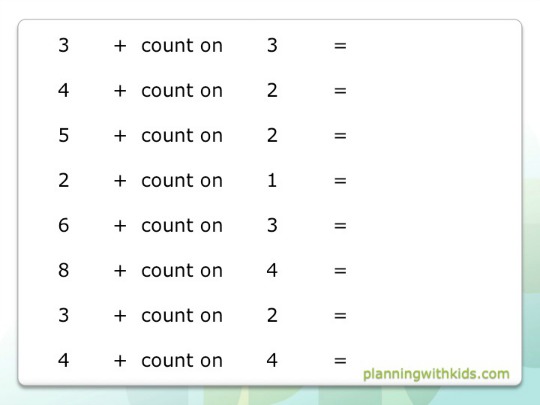
**********
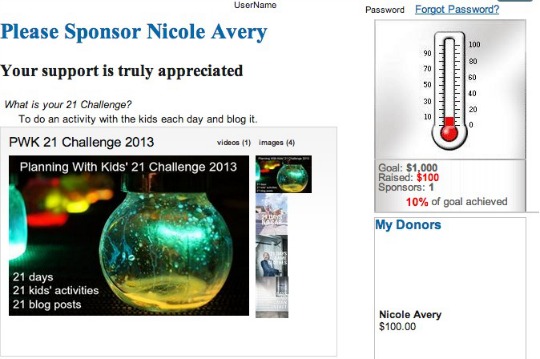
If you enjoyed this post, I would love it if you made a small donation to my 21 Challenge. Donations can be made directly here. All funds raised go to Open Family Australia who provide a range of Outreach services to young people experiencing high complex needs. Their focus is on homeless and at risk youth. Thank you!
